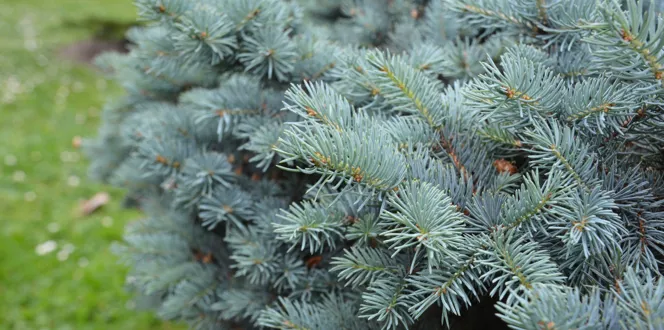When you’re itching to do an outdoor project, you might look to your trees as a starting point. Maybe you’re dreaming of a quaint birdhouse tacked to your tree, or you’d like a sentimental plaque sitting front and center on the trunk.
But wait—can you safely drill your tree with a nail or screw? Some trees are sturdy enough to sport a new accessory, but others won’t be able to handle the harm.
Below, find out if your tree’s a good candidate, and get a guide to safely drilling nails, staples or screws into your tree.
How to drill into a tree or hammer a nail without hurting it
Truth is, drilling a screw or hammering a nail into your tree will inevitably leave a wound. But if the task is done the right way on the right tree, you can avoid serious, long-term damage. To keep your tree as safe as possible:
- Be conscious about the type of nails or screws you use. Keep reading for the best picks.
- Don’t get hammer happy. The more holes you create, the more you stress the tree out.
- Keep in mind that some trees are better candidates than others. More on this later on.
What are the best nails or screws for trees?
The #1 thing you don’t want is for a nail or screw in your tree to rust over time. That’s why it’s best to choose stainless steel, aluminum or any other rust-proof nails and screws for your project.
What is the best location on the trunk or around branches for stability?
The exact spot you drill into doesn’t make a big difference, but the health of the tree plays a huge role in the stability of your new accessory.
Healthy trees are tough, and when they’re drilled with a nail or screw, they’ll start a process called compartmentalization, which means they naturally heal the area around the wound and protect the rest of the tree from potential infection. So, for the best stability, choose a healthy, strong tree.
Should I avoid certain trees?
Great question! Yes, trees that are already weak or damaged from infection should not be prodded with nails, staples or screws. The hardware will cut into the layer under tree bark that’s responsible for moving water and nutrients throughout the tree. That means the already weak tree will have a harder time getting the nutrients? it needs to regain strength. Plus, a new hole creates a new entry point for opportunistic pests. Bottom line, don’t further burden an already stressed tree.
Small, thin-barked trees or young trees also aren’t good options. Leave the hammering to healthy, mature trees that are at least 10 inches in diameter.







